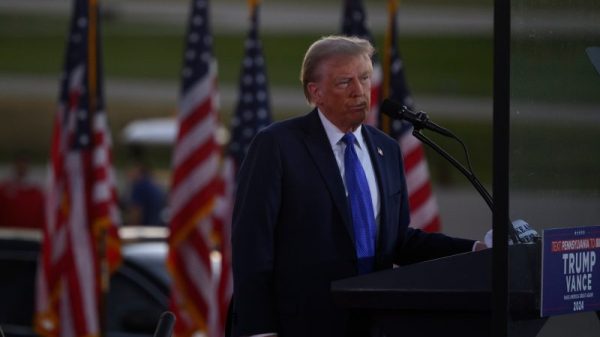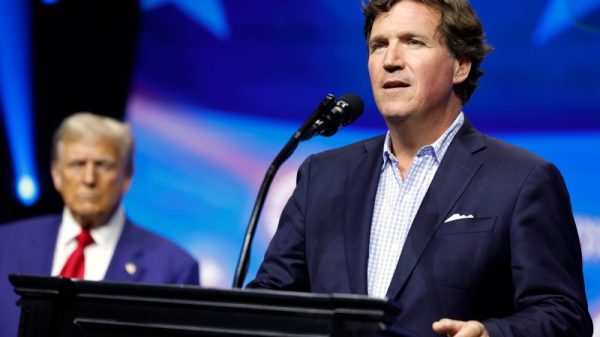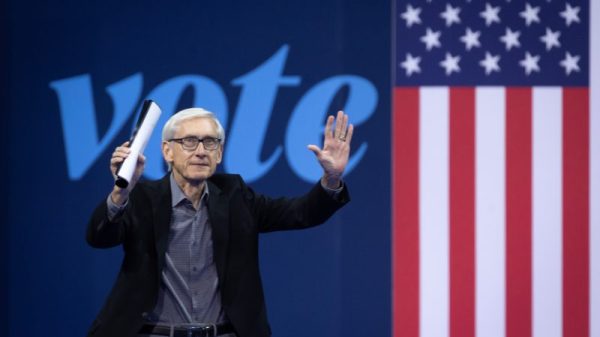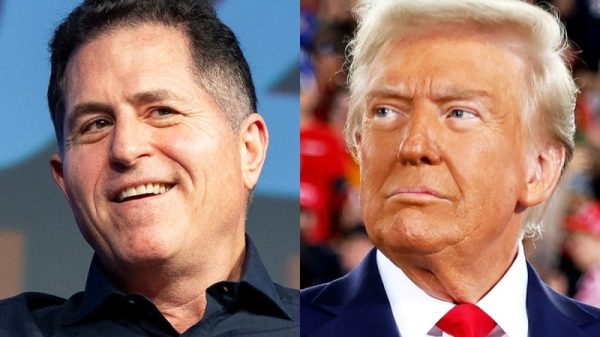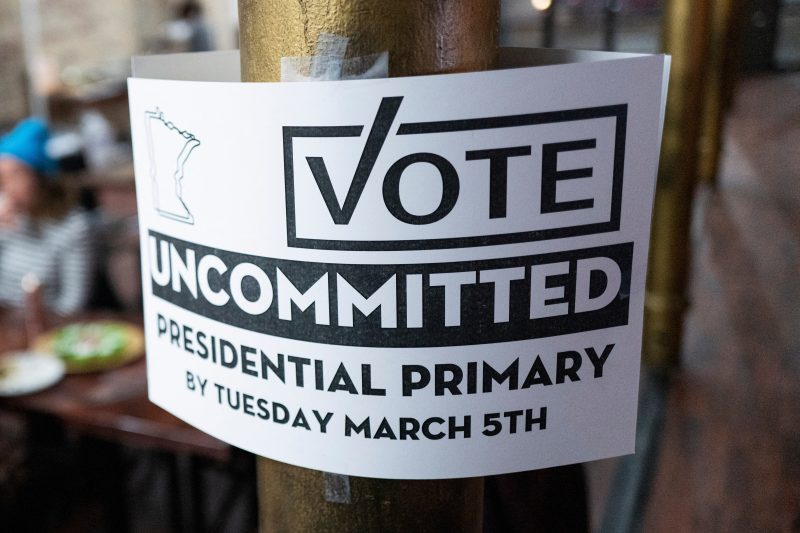An earlier version of this article incorrectly identified the 2012 Republican presidential nominee; it was Mitt Romney. This article has been corrected.
It is admittedly and undeniably true that what gets the attention of the media depends on how robust the competition happens to be.
When President Biden is seeking renomination from the Democratic Party and there’s only one state voting and there’s an effort to get people to vote uncommitted in that state as a protest vote against Biden? That gets a lot of attention, as it did last week in Michigan.
When, instead, there are a dozen states voting, including some big ones, and the Republican presidential nominating contest might finally reach its unavoidable conclusion and there are gubernatorial and Senate nominations up for grabs? The scale of the “uncommitted” — or, in some states, “no preference,” but we’ll just say uncommitted — protest vote slips down in the ranking of stories to cover.
But that doesn’t mean that the result of the protest vote in Tuesday’s primary elections wasn’t important. In fact, it was — but not for the reasons that it garnered so much attention in Michigan.
There were five states that voted on Tuesday that had some form of uncommitted options on their ballots and saw that preference get a chunk of votes in the 2012 Democratic primary. That primary is a useful baseline, given the similarity to this election cycle. It is also useful because it makes clear that any protest centered on the uncommitted vote nationally has been successful only in two states.
In four of the five states that voted on Tuesday, (preliminary but nearly complete) results suggest that uncommitted got a lower percentage of the vote than it did 12 years ago. In two of the five states, uncommitted got fewer votes than the ballot line did in 2012.
In two states, the percentage of the uncommitted vote increased: Michigan and Minnesota. As we noted on Tuesday night, those are also states with relatively large Arab American communities — places where opposition to Biden’s position on the war in Gaza contributed to the effectiveness of the organizing effort.
The results in Minnesota, though, also show that much of the support for uncommitted was driven by younger voters. If we compare the percentage of the population of each precinct (basically a neighborhood) in the state that’s under the age of 45 with the percentage of the vote that was cast for “uncommitted,” there’s a correlation.
As the percentage of the population under 45 increases (moves to the right on the chart below), so does the support for uncommitted (goes up).
That was not the case in North Carolina, though. In North Carolina, a lot of the precincts with the highest percentages of younger residents didn’t vote particularly strongly for uncommitted.
This is where it’s again useful to compare with 2012.
The uncommitted vote was particularly high in North Carolina that year. That was also true in Alabama and Tennessee, Republican-voting states where the backlash to Barack Obama’s election four years before was more acute. It’s safe to assume that some of those uncommitted voters in the Democratic primary went on to vote for the Republican nominee, Mitt Romney, in the general election — and Donald Trump four years later. Some of it was undoubtedly also rooted in race.
That’s also likely a reason that the uncommitted vote dropped in North Carolina and Alabama four years later. It can be tricky to pick out demographic trends among relatively small population groups from precinct-level data. If we look at precincts in Michigan, Minnesota and North Carolina grouped into five buckets — from least- to most-heavily Black — we can see that in the most heavily Black precincts, support for uncommitted was lower than the least-heavily Black ones.
(That’s not true if we look only at those buckets in Minnesota, but that’s in part because Minnesota has relatively few Black residents.)
This comports with what we know about Biden’s 2020 primary bid: His candidacy was saved and then powered by Black voters in the South. Four years later, it seems safe to say that same group of voters was not particularly compelled by efforts to get them to vote uncommitted.
Again, there were more robust campaigns in Minnesota and Michigan to send a message with these protest votes. That organization likely played a role. But this, too, reinforces the point: Without such a push, the protest vote against Biden was more modest than the same vote against Obama 12 years ago.
Obama, you will recall, won reelection.






